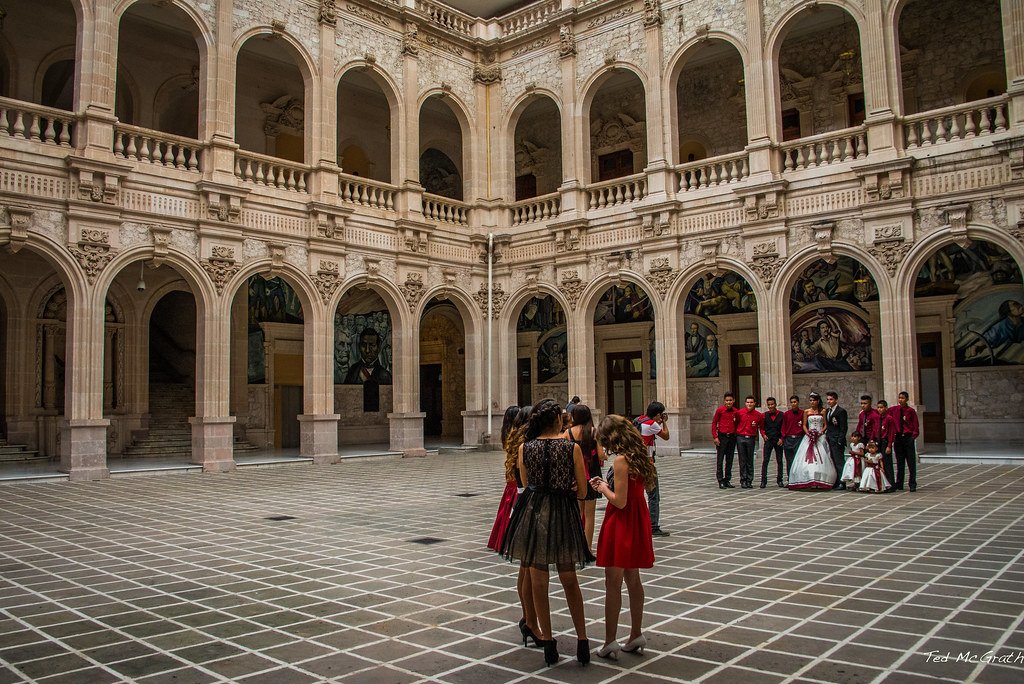Imagine waking up one morning to discover that the language you speak, the songs you sing, and the stories your grandparents told you have vanished forever. It’s an unsettling thought, yet this silent disappearance is happening all around the globe. Every two weeks, another language slips into oblivion, taking with it centuries of wisdom, laughter, sorrow, and the very soul of a people. Language is far more than just a means of communication; it is the heartbeat of culture, the invisible thread that binds generations. The fight to preserve languages is not just about saving words—it’s a struggle to safeguard the heartbeats of entire communities.
The Unique Power of Language
Language is more than the sum of its words and grammar rules. It is a living system, shaped by landscapes, histories, and imaginations. When people speak their mother tongue, they don’t just convey information—they express the way they see the world. For instance, some Indigenous languages have words for snow that describe its texture, color, and sound, reflecting an intimate relationship with nature. Each language is a reflection of the environment and the collective experiences of its speakers, carrying idioms and expressions that simply don’t exist in other tongues. Without these unique perspectives, humanity loses a part of its richness and diversity.
Language as the Keeper of Tradition
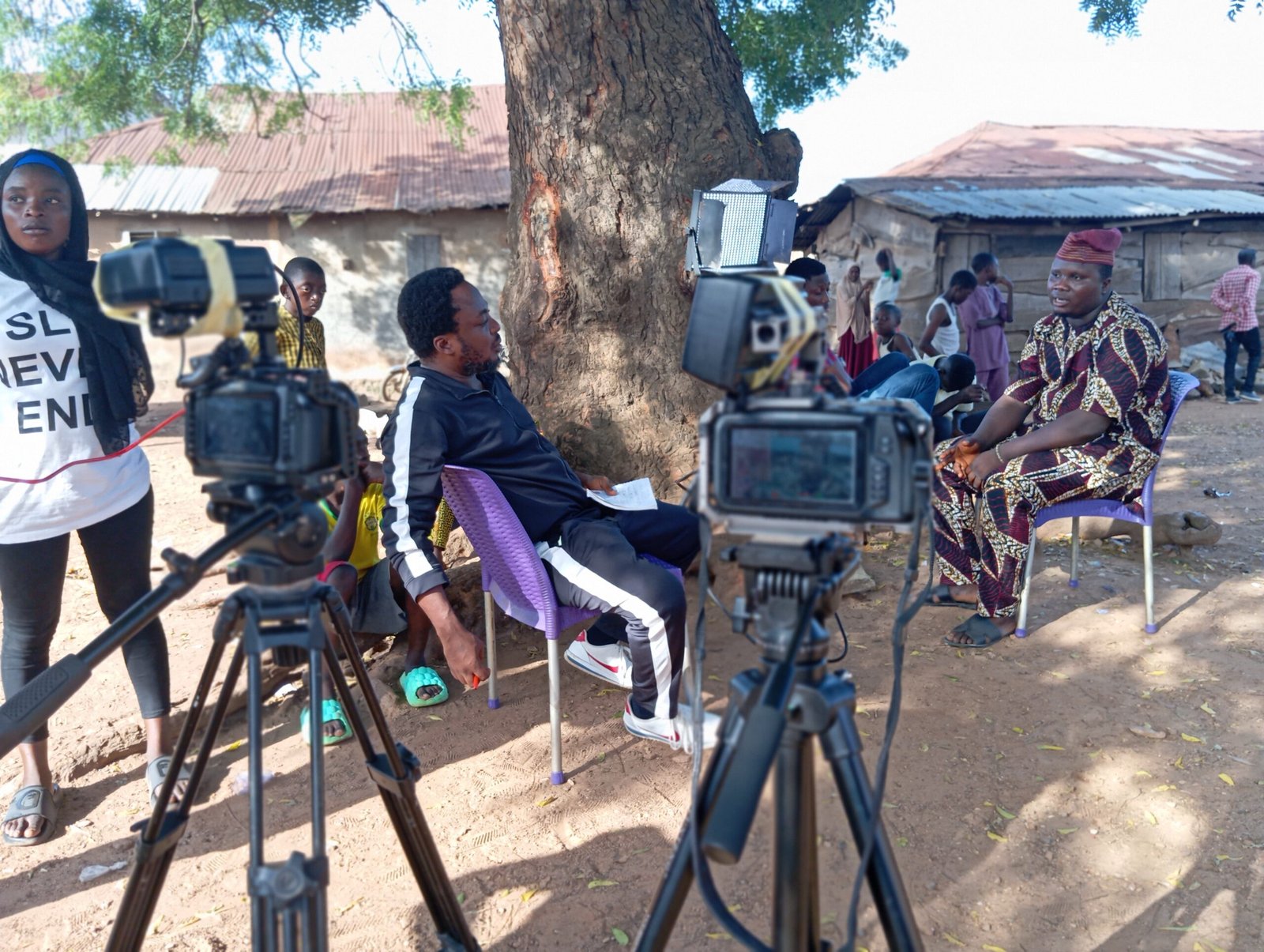
Traditions are woven into the very fabric of language. Rituals, ceremonies, and oral histories often depend on the subtle nuances and rhythms of native speech. For example, West African griots pass down generations of wisdom through intricate storytelling, relying on tonal languages to preserve meaning and emotion. When a language fades away, so too do the songs, proverbs, and rituals that connect people to their ancestors. It is through language that recipes, folk tales, and healing practices survive, linking the present to the past in ways that written words alone cannot achieve.
Oral Histories and Memory

Long before written records, cultures relied on oral traditions to transmit knowledge. From the Dreamtime stories of Aboriginal Australians to the epic poetry of the Vikings, spoken language was the vessel for memory. Each retelling was a performance—rich with emotion, gesture, and local flavor. Scientific studies show that oral languages often encode ecological, astronomical, and medicinal information absent from written records. The loss of these languages means erasing the collective memory of entire peoples, along with the wisdom they have accumulated over millennia.
The Science of Language Loss
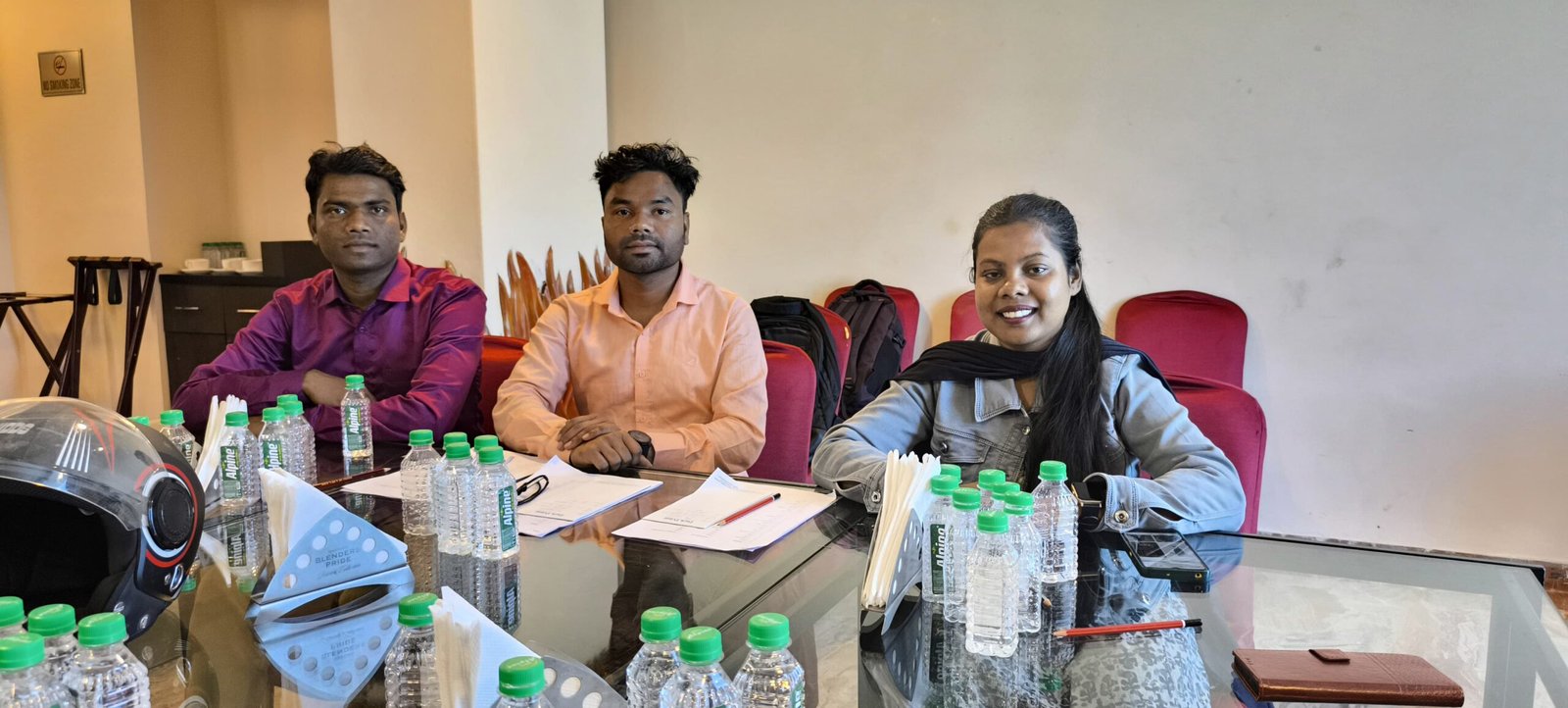
Linguists estimate that out of roughly 7,000 languages spoken today, nearly half are endangered. The causes are complex, often tied to colonialism, globalization, and urbanization. Children shift to dominant languages for better opportunities, while minority tongues are sidelined as “irrelevant.” Once a language stops being spoken by children, its extinction is almost inevitable. The scientific community warns that this loss is accelerating, with languages disappearing at a rate faster than species extinction. Each vanished language represents an irreversible loss of human knowledge and adaptability.
Language and Personal Identity
Language shapes how individuals perceive themselves and each other. Speaking one’s native tongue is a source of pride and belonging—it’s the voice of home. For many, losing their language means losing a piece of themselves. Studies have found that language retention is directly linked to psychological well-being, self-esteem, and resilience in Indigenous communities. When people are forced to abandon their mother tongue, they often experience feelings of isolation and cultural dislocation. Language preservation is thus not only about culture, but about sustaining the mental and emotional health of individuals.
Education and Revitalization Efforts
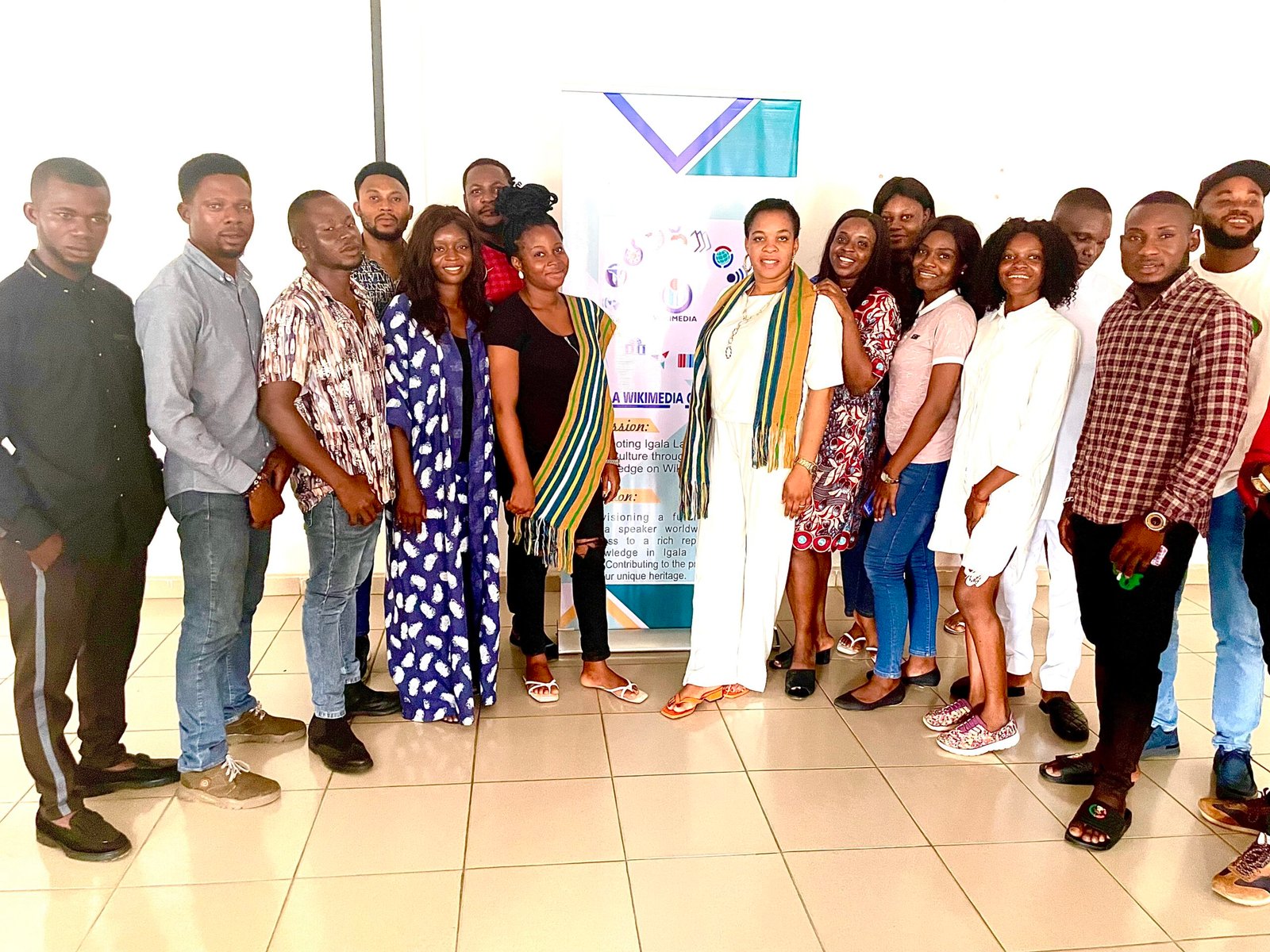
Across the world, communities are fighting back through language revitalization programs. Schools in New Zealand teach Māori alongside English, while Hawaiian immersion programs have brought new generations of speakers to a language once teetering on the brink of extinction. Technology offers new hope, with digital archives, language apps, and online courses making endangered languages more accessible. These efforts are more than symbolic—they empower youth to reclaim their heritage and shape their future with confidence. Every revived word is a victory against erasure.
Languages and Biodiversity
Surprisingly, there is a strong link between linguistic and biological diversity. Many of the world’s “hotspots” for endangered languages are also rich in unique species and ecosystems. Scientists suggest that traditional ecological knowledge, encoded in local languages, is crucial for sustainable resource management. When a language dies, so does a library of information about local plants, animals, and habitats—insights critical for conservation. Protecting languages, therefore, supports not only cultural but also environmental survival.
Modern Threats to Linguistic Diversity
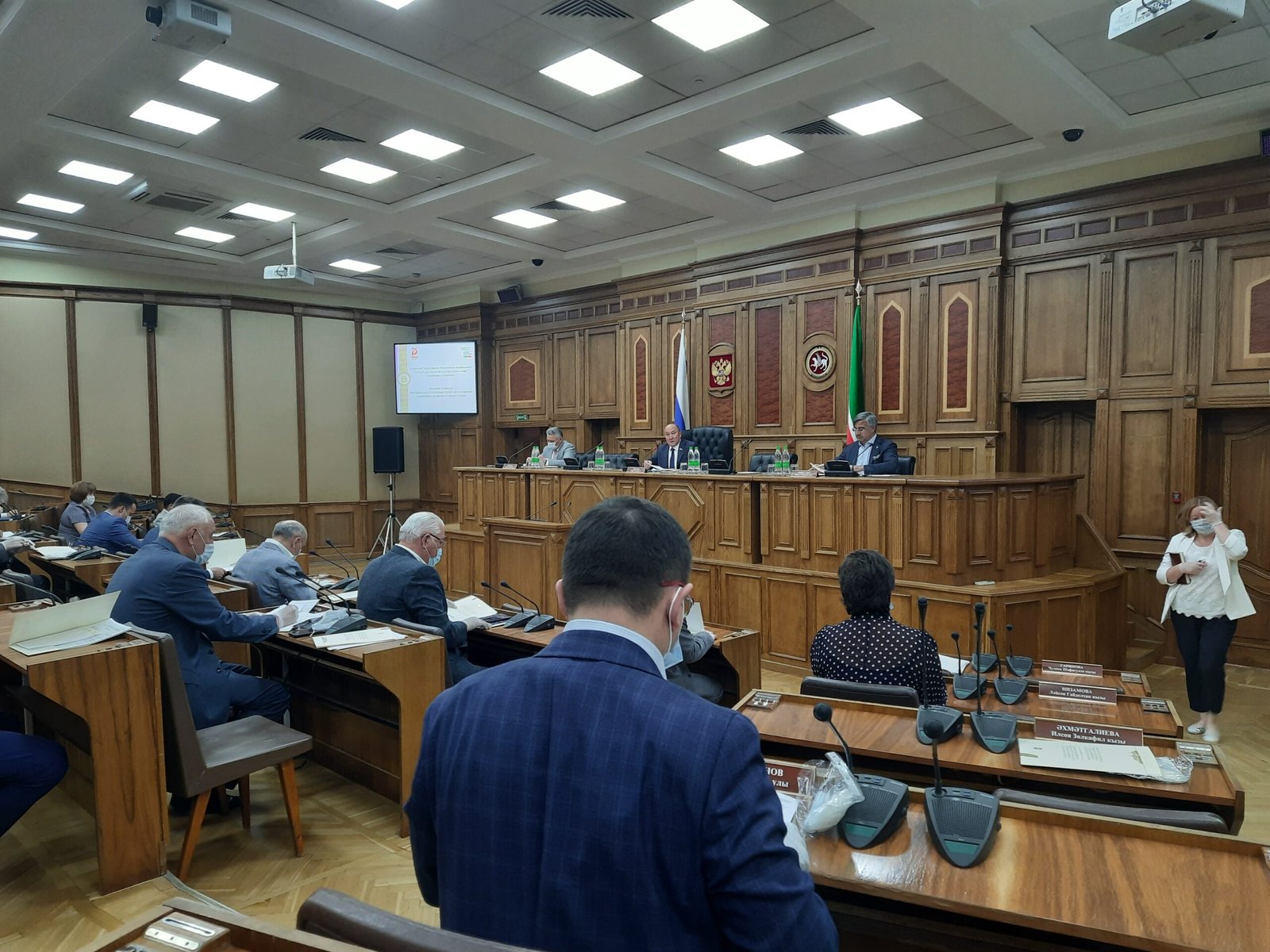
Globalization has brought people closer, but at a cost. Dominant languages like English, Mandarin, and Spanish are spreading rapidly, overshadowing local tongues. Mass media, migration, and standardized education often prioritize these global languages, leading to a decline in linguistic diversity. Economic pressures force families to abandon ancestral languages for the promise of prosperity elsewhere. This modern tide is relentless, but communities are pushing back with creative solutions, such as radio broadcasts, podcasts, and social media content in endangered languages.
The Emotional Impact of Language Loss

The disappearance of a language is deeply personal. For elders, it means carrying memories and knowledge that may never be passed on. For children, it can mean growing up without the words to fully understand their heritage. This loss can trigger grief and a sense of rootlessness within communities. Yet, the struggle to preserve language often brings people together, sparking movements of resilience and pride. Language is not just a tool—it is an emotional anchor, reminding people of who they are and where they come from.
Why Every Voice Matters
Every language, no matter how small, is a treasure trove of human creativity and experience. The world’s linguistic diversity is a patchwork quilt, each piece vibrant and essential. When one piece is lost, the whole tapestry is diminished. Supporting language preservation means standing up for the right of all people to tell their stories in their own words. It’s an act of solidarity, empathy, and respect for the astonishing variety of human life. The question remains: will we listen before these voices go silent?

